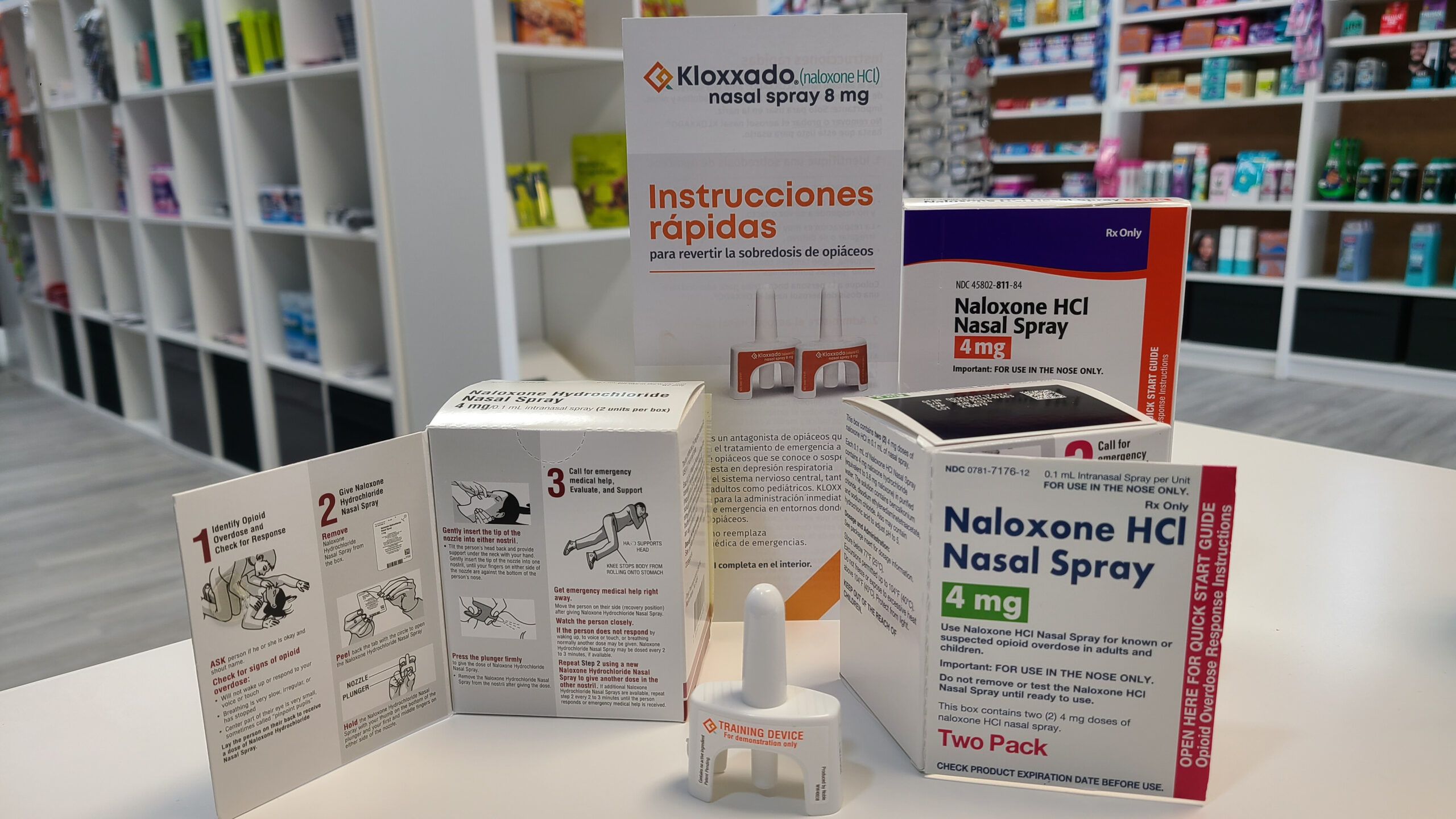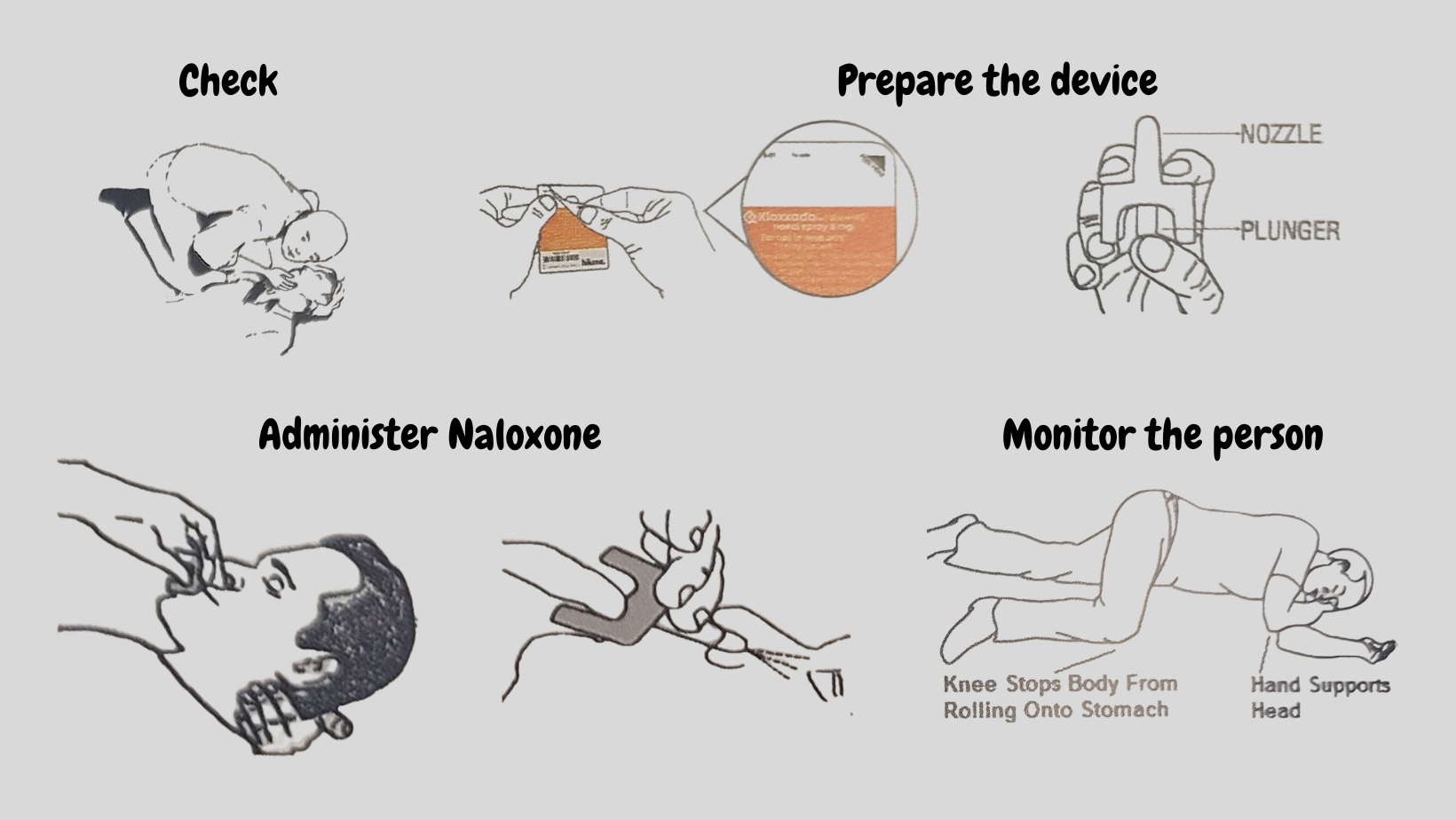Drug overdoses have become a national health crisis, claiming countless lives each year. According to the Centers for Disease Control and Prevention (CDC), over 81,000 drug overdose deaths occurred in the United States in the 12-month period ending May 2020, the highest number ever recorded in a 12-month period. Opioids, including prescription opioids, heroin, and fentanyl, were responsible for the majority of these deaths.
One of the most effective tools in the fight against opioid overdose is naloxone. Naloxone is a medication that can quickly reverse the effects of an opioid overdose and restore breathing. It has been used by emergency responders and healthcare professionals for years, but its use has expanded to include non-medical personnel, including family members and friends of individuals who are at risk of opioid overdose. In this article, we’ll discuss the importance of naloxone, how it works, and how to obtain it.

What is naloxone?
Naloxone, also known by the brand name Narcan, is a medication that can reverse an opioid overdose by blocking the opioid receptors in the brain. It is a safe and effective medication that has no potential for abuse and does not cause harm if administered to someone who has not taken opioids.
How does naloxone work?
Opioids, such as heroin or prescription pain medications, attach to specific receptors in the brain, causing a decrease in breathing and heart rate. Naloxone works by quickly binding to those same receptors, reversing the effects of the opioids and allowing the individual to breathe again.
Why is naloxone important?
Naloxone is important because opioid overdoses can occur quickly and can lead to respiratory failure and death if not treated promptly. The use of naloxone can buy precious time while emergency responders are on the way or when a person has overdosed, and the situation is too dangerous to wait for an ambulance.
Who should have naloxone?
Naloxone should be available to anyone who may be at risk of an opioid overdose, including individuals who use opioids, their friends and family, and anyone who may encounter an opioid overdose, such as first responders, law enforcement, and healthcare workers.
How can I obtain naloxone?
Naloxone is available without a prescription in many states, including Florida, and can be obtained at most pharmacies. Prevention Pharmacy is proud to offer it, and we encourage anyone who may be at risk of opioid overdose to come and obtain it. Our trained pharmacists can provide education and instruction on how to use naloxone, and we are here to support anyone who needs it.
It is important to remember that naloxone is not a cure for opioid addiction. It is simply a tool to prevent overdose and give individuals a second chance at life. However, it is important to have it on hand in case of an emergency.
Naloxone can be administered in several ways, including intravenous injection, intramuscular injection, and intranasal spray. Intravenous injection should only be performed by trained medical professionals in a clinical setting.
For individuals without medical training, the preferred method of administration is using an intranasal spray. The intranasal spray is easy to use and does not require any specialized training.
If you or someone you know may be at risk of opioid overdose, it is important to know how to properly administer naloxone. Here’s a step-by-step guide:
- Check responsiveness: opioids suppress the body’s urge to breathe. If someone is not breathing or is struggling to breathe, try calling the person’s name and rubbing your knuckles on his or her chest. If there’s still no response, he or she could be experiencing an overdose. Other signs of overdose are blue or pale skin color, small pupils, low blood pressure, slow heartbeat, slow or shallow breathing, snoring sound, and gasping for breath.
- Call 911: If you suspect someone is experiencing an opioid overdose, call 911 immediately. Even if you administer naloxone, it is important to seek emergency medical care.
- Administer naloxone: If the person is unresponsive or not breathing normally, administer the intranasal spray by following these steps:
- Remove the Narcan device from the packaging.
- Hold the device with your thumb on the bottom and two fingers on the plunger.
- Gently insert the nozzle of the device into one nostril until your fingers touch the bottom of the patient’s nose.
- Press the plunger firmly to release the spray.
- Monitor the person: After administering naloxone, monitor the person closely for signs of improvement. If there is no improvement, administer another dose and continue monitoring until emergency medical services arrive.

It is important to note that naloxone is not a substitute for emergency medical care. Anyone who has overdosed on opioids should still seek medical attention even if naloxone has been administered.
Naloxone is a life-saving medication that can prevent opioid overdose deaths. It is essential for individuals and communities to have access and to be trained in how to use it safely and effectively. If you or someone you know is at risk of opioid overdose, please consider obtaining it and enrolling in a free training program. Together, we can save lives and prevent overdose deaths.
Follow Us on social media

